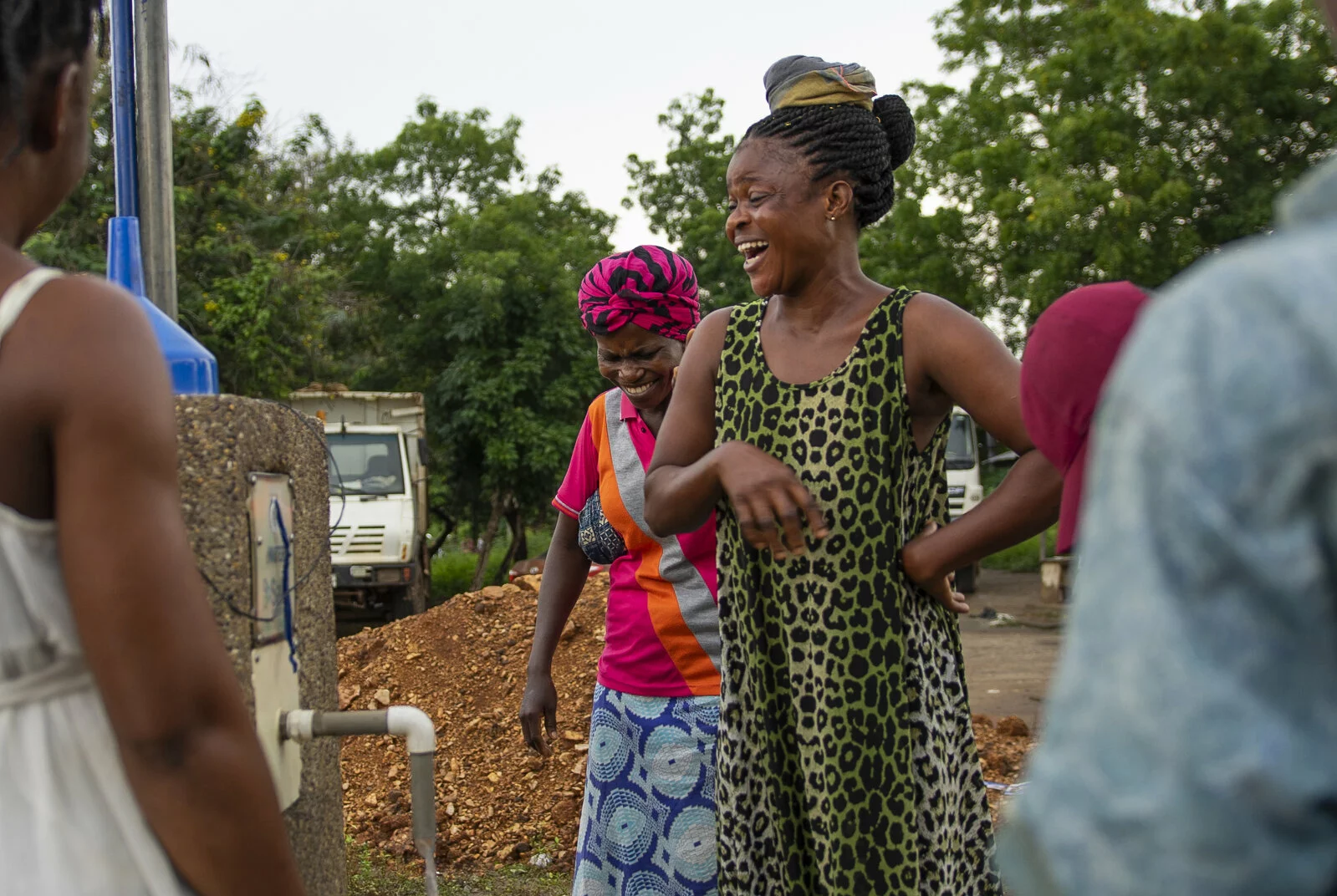Keep the Water Flowing | Resiliency of the Safe Water Enterprise Model
Understanding the Impact of the COVID-19 Pandemic on Safe Water Enterprises through a Common Financial and Monitoring and Evaluation Framework.
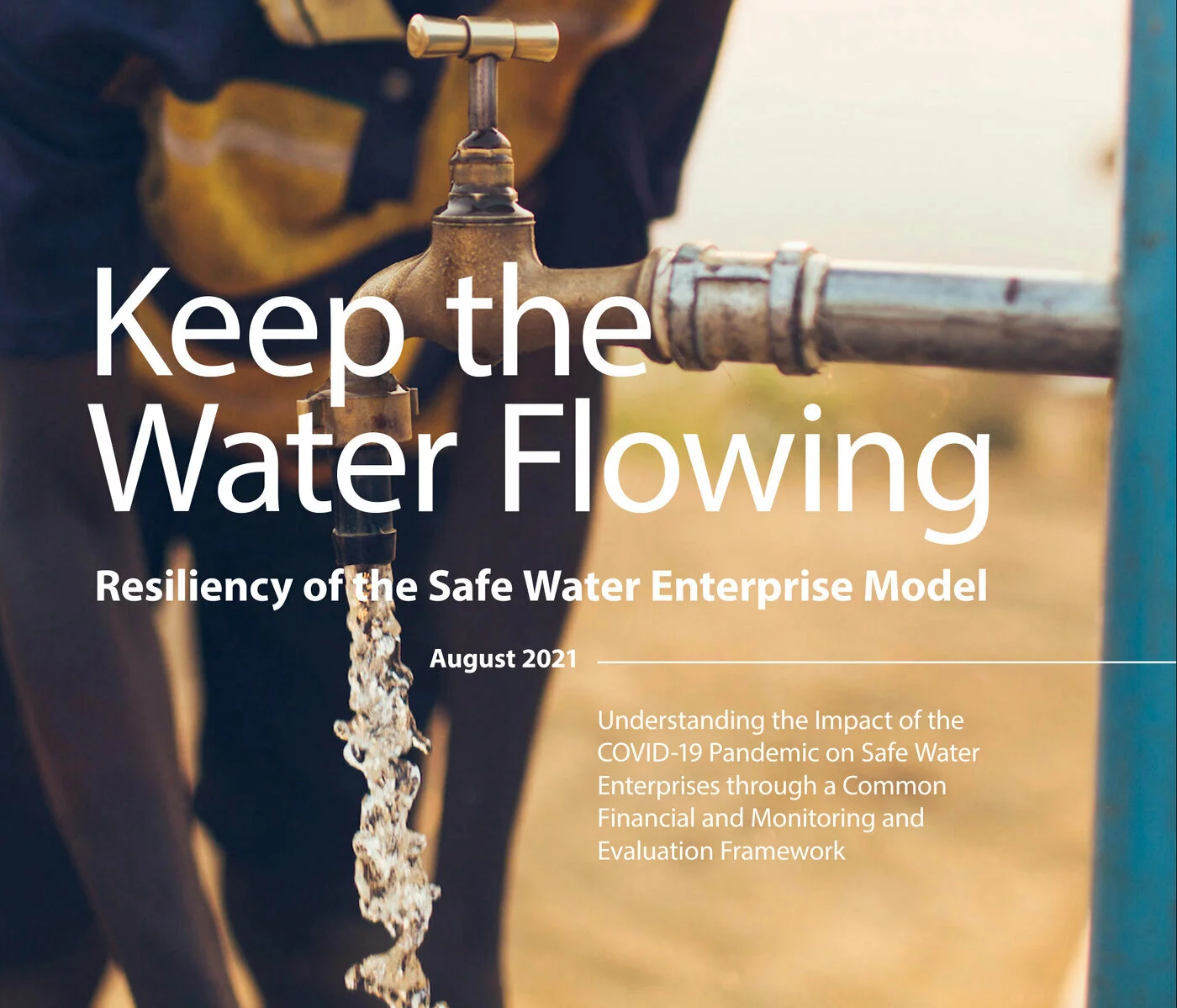
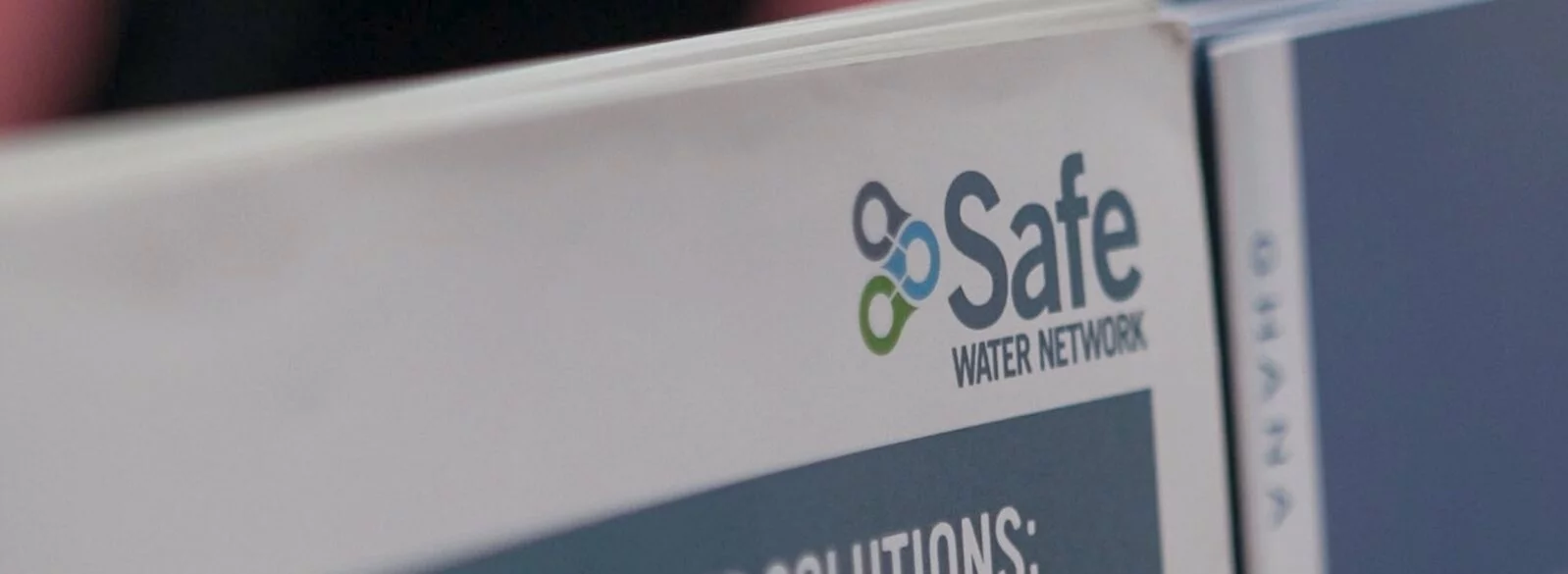
Understanding the Impact of the COVID-19 Pandemic on Safe Water Enterprises through a Common Financial and Monitoring and Evaluation Framework.

This report explores the financial benefits of ground-tested methods for microbial testing onsite.
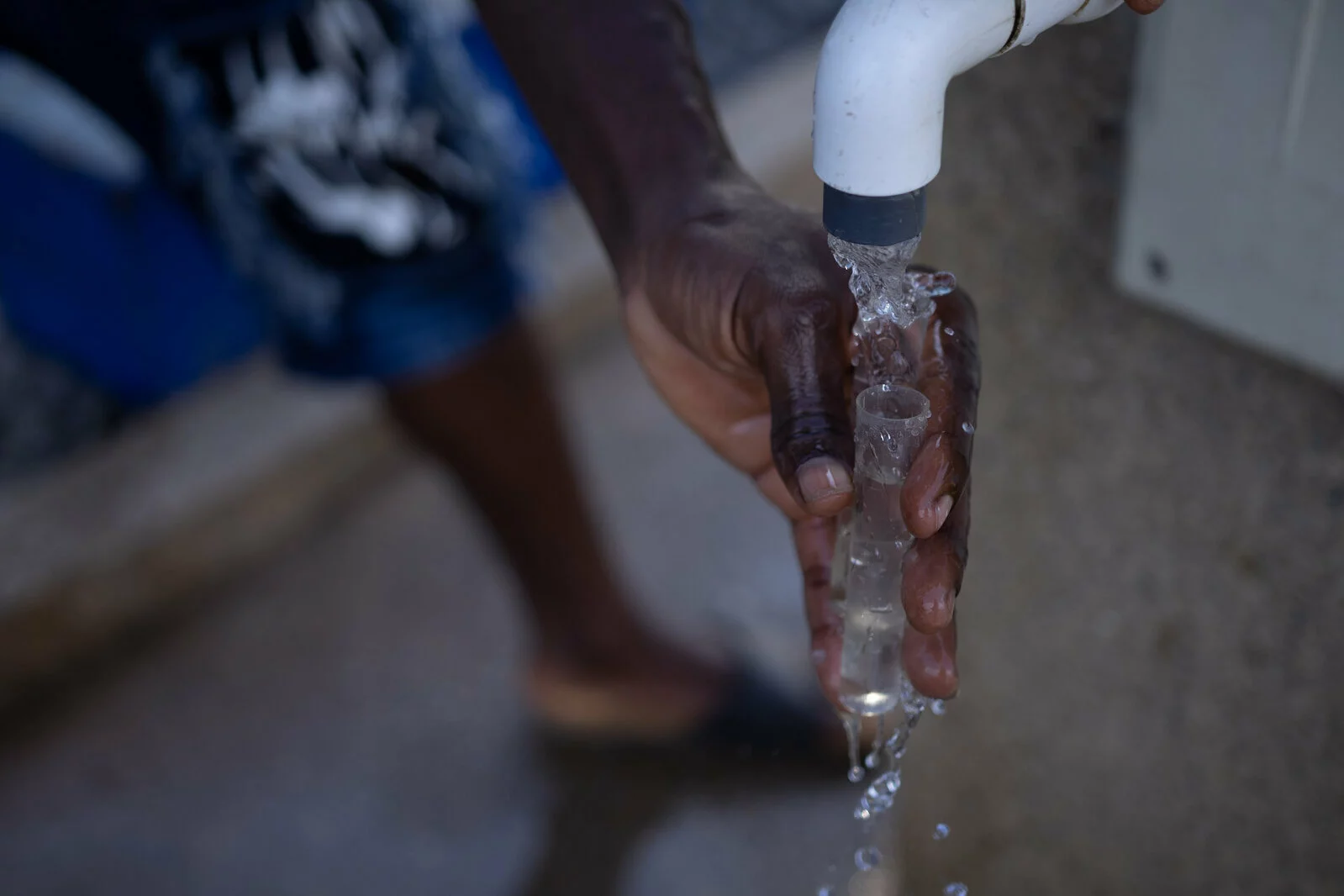
Safe Water Network has tested various loan options and found that blended finance has the potential to increase repayment and to decrease overall financial burdens.
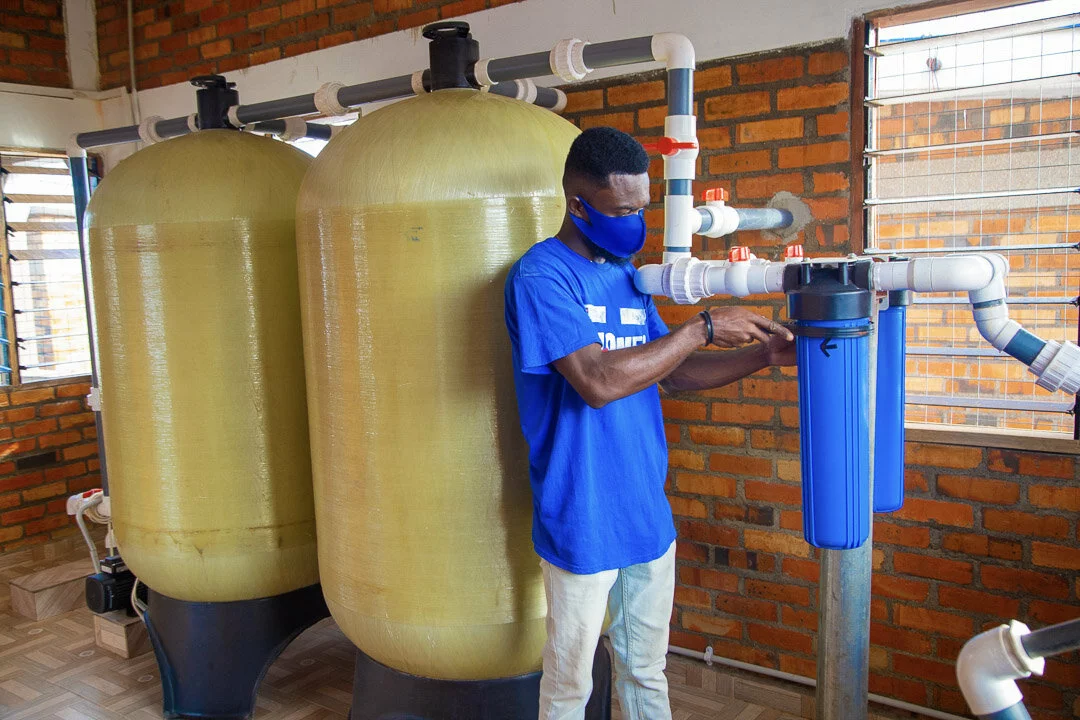
Access to digital prepaid payment options for household connection meters improved the financial viability of water stations and provided consumers with a greater sense of control over their consumption, thereby increasing satisfaction.
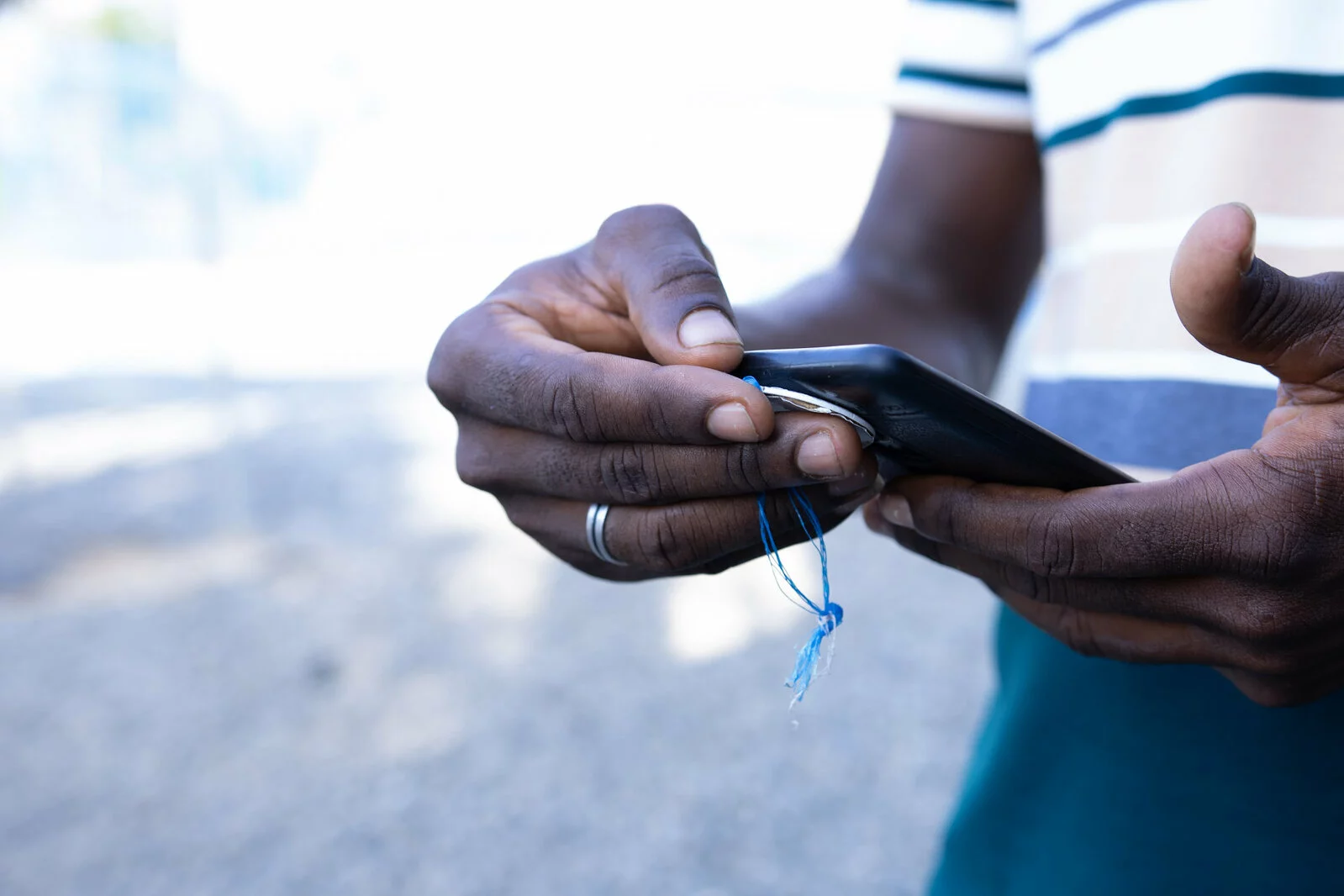
This report, developed in partnership with the Public-Private Infrastructure Advisory Facility (PPIAF), assessed the enabling environment and outlines policy recommendations for public-private partnerships (PPPs) to deliver safely managed water throughout Ghana.
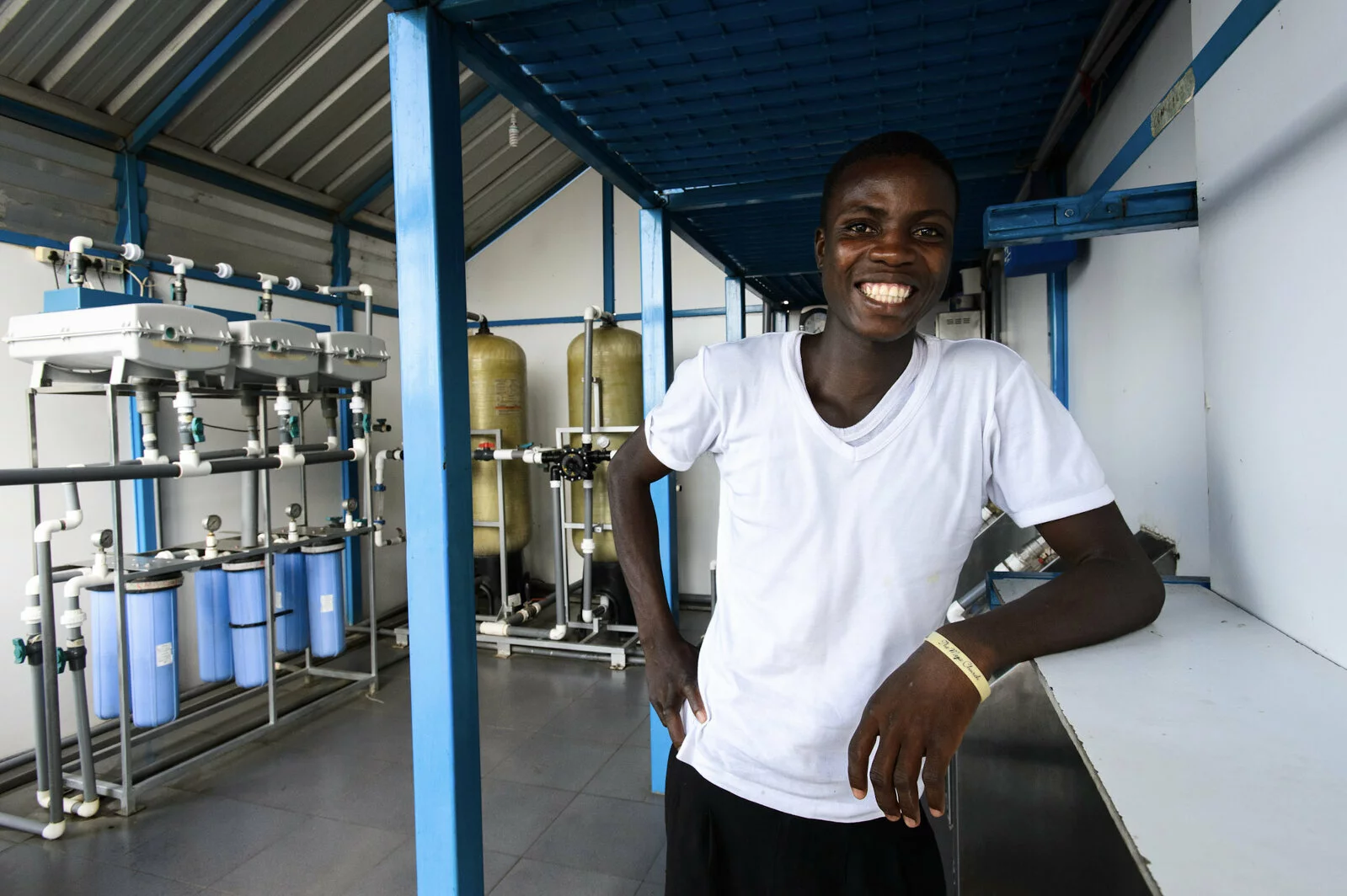
In 2016, high inflation and increasing variable costs forced Safe Water Network to increase prices at most of its H2OME! Water Stations in Ghana, which consequently reduced consumer purchases, particularly among low-income households, which experienced a 26% decrease in consumption.

This report describes an assessment of household water treatment and safe storage (HWTS) promotional activities carried out by the Government of Ghana and UNICEF, in collaboration with Safe Water Network, in an effort to identify strategies and guidelines, the skill capability of HWTS promoters, and private-sector participation in HWTS promotion.
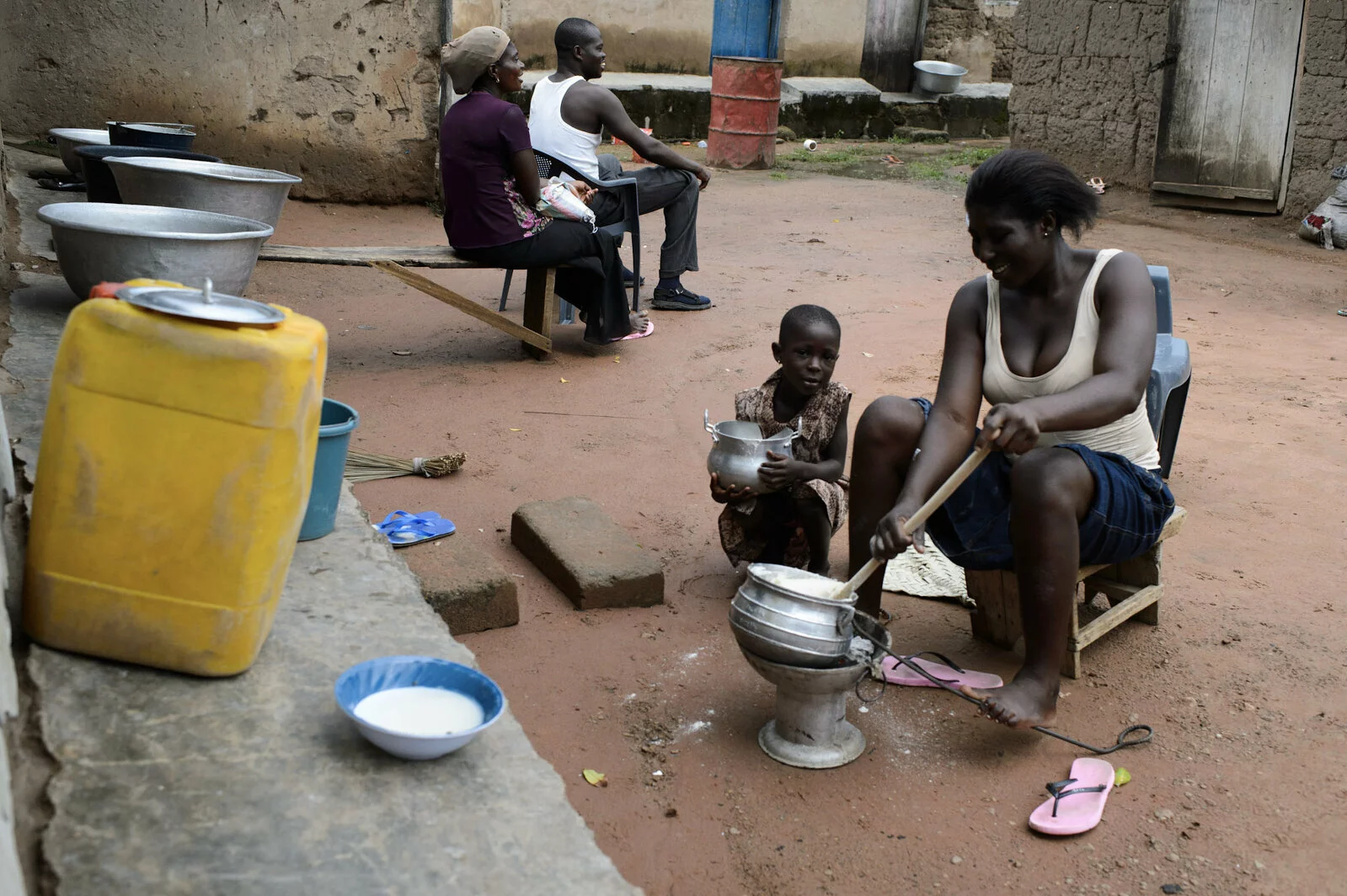
This report examines the state of Ghana’s water sector and the necessary financial steps to achieve universal safe drinking water access. Small Water Enterprises (SWEs) have been a successful tool for increasing access to safe water but there is still work to be done to ensure that they reach their full capacity.
